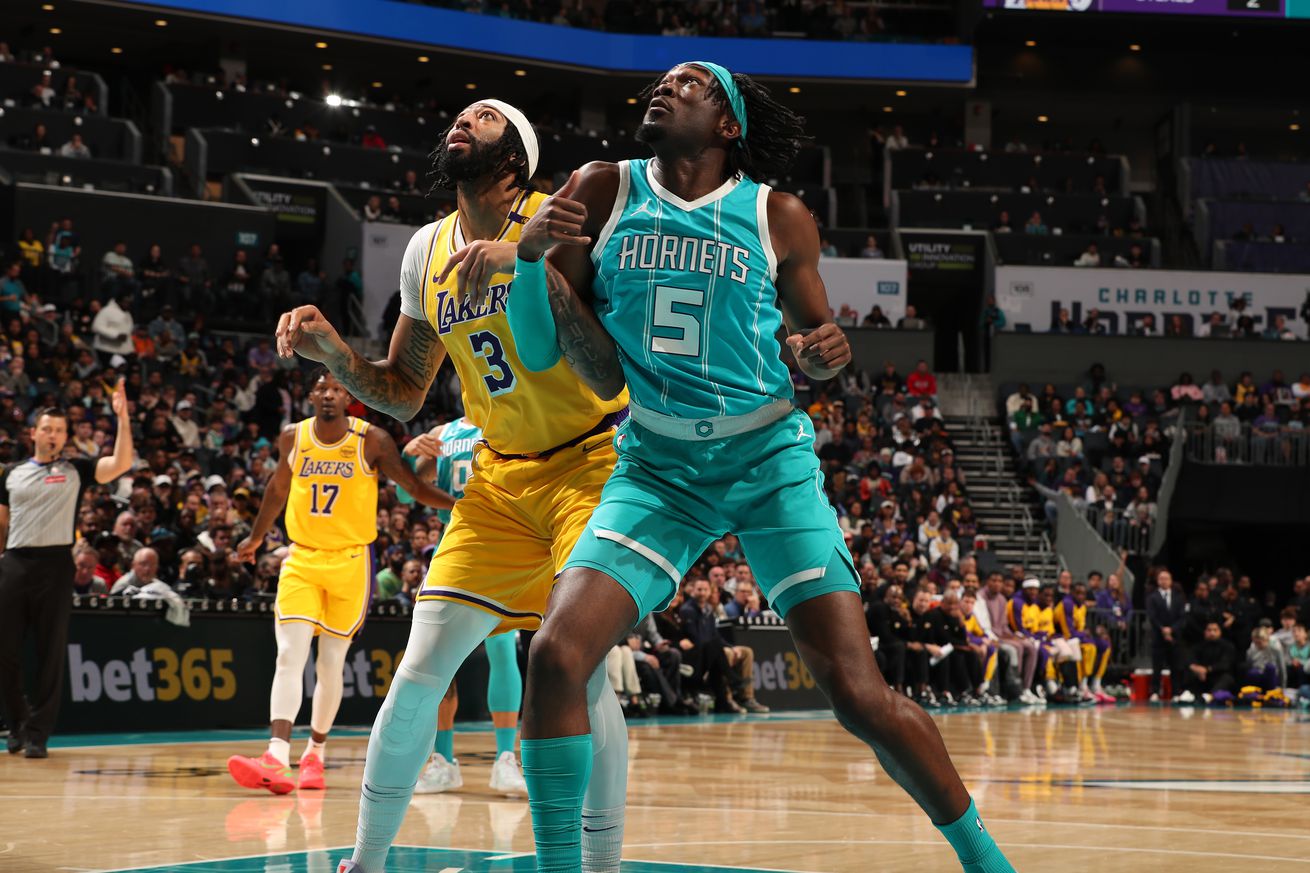
Let’s take a closer look at the NBA medical process to understand what might have happened for the Lakers to fail Mark Williams on his physical.
The Lakers traded for young, promising center Mark Williams from the Hornets for rookie Dalton Knecht, a first round pi……errr *record scratch* NEVERMIND!
Even though vice president of basketball operations Rob Pelinka and head coach JJ Redick expressed early confidence in Williams’ medical evaluation, the Lakers eventually rescinded the trade. Information emerged that the crux of the issue was Williams’ medical.
In the days following that news, there was also a rumor that the Hornets were attempting to contest the Lakers’ decision, but according to commissioner Adam Silver, that was not the case.
Therefore, the trade is officially dead. With the Lakers playing the Hornets on Wednesday, it also makes for a unique (and potentially awkward) coincidence.
So what exactly happened? To understand, we need to examine the medical process more closely.
The initial part of the medical process involves each team’s medical staff exchanging information on the players involved in a trade, with particular emphasis on previous and/or ongoing injuries and medical issues.
In this case, the Lakers would have received medical examination and rehabilitation reports on Williams throughout his time with the Hornets. This is particularly important in Williams’ case who has suffered from multiple injuries early in his career and with the Lakers giving up key assets for him. For more information on that injury history, you can read my piece from after the trade.
The Hornets would, in kind, receive the equivalent information on Dalton Knecht and Cam Reddish.
Based on the comments and early positivity from Pelinka and Redick, it’s very likely the Lakers’ medical staff was comfortable with what they were seeing on the reporting.
However, the next — and final step — is an in-person medical where the medical staff will run their own battery of tests to determine the player’s physical & medical fitness, ranging from things like cardiac (heart) function to assessing individual body parts, especially in areas of previous injury or general concern.
In this case, I’d reckon the latter is where things popped up that the medical staff wasn’t comfortable with for the medium and long term. We’ll never know the details, though Shams Charania of ESPN did mention the failed part of the medical wasn’t related to Williams’ back.
So, if we accept that as true, it could mean that Williams had more wear and tear in joints or tendon dysfunction — for example, in his foot, where he missed multiple games last season — than they had initially anticipated based on the Hornets’ reporting.
This also brings up another interesting point.
Just like any other profession, medical providers see things differently to some degree because medicine exists on a spectrum of grey. Some providers see an issue and label it as low risk whereas others may label it high risk. Our previous training, experiences and knowledge all influence how we see things.
The Hornets’ medical staff might not have considered Williams a higher risk, while the Lakers’ medical team did. That said, the latter has to take a more cautious approach since they expected this player to play a large role on the team for multiple years and be involved in deep playoff runs.
Obviously, based on the club medicals and projecting out the risk/reward, the Lakers opted against the deal. This is why team medicals are so important — there’s only so much information you can get through prior reports — and why, in the CBA, the accepting team has the ball very much in their court when it comes to rescinding a trade and final say in that decision.
Outside of some initial awkwardness for some of the players returning and the disappointment of a deal not going through for a position very much in need for this Lakers’ team, it’s far better to determine these things now rather than kick the can down the road.
Dr. Rajpal Brar, DPT has a doctorate in physical therapy from Northern Arizona University, and runs his own in-person and online sports medicine and performance business, 3CB Performance, in West LA and Valencia, CA and partners with Quantum Performance in which he further combines his movement expertise and fitness training background to rehab & train elite athletes. He also works at a hospital — giving him experience with patients in the immediate healthcare setting and neurological patients (post stroke, post brain injury) — and has been practicing for over 5 years.
Brar is additionally training at UCLA’s mindful awareness research center (MARC), has a background in youth basketball coaching and analyzes the Lakers from a medical and skills perspective for Silver Screen and Roll and on his own YouTube Channel. You can follow him on Twitter at @3cbPerformance.